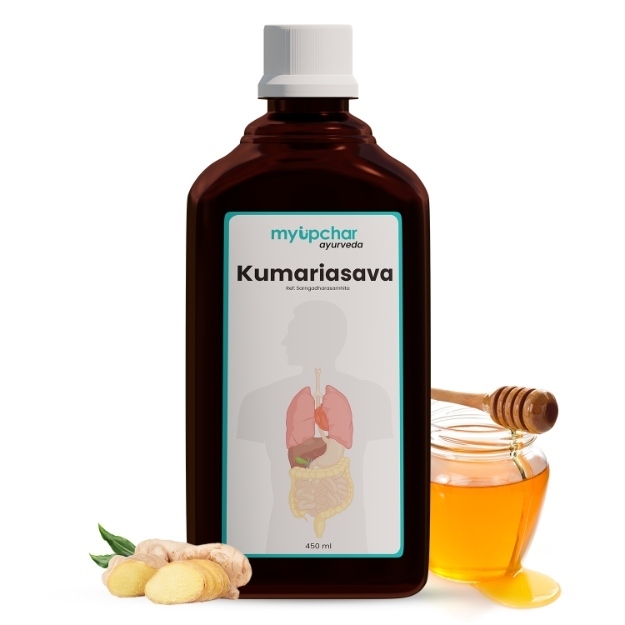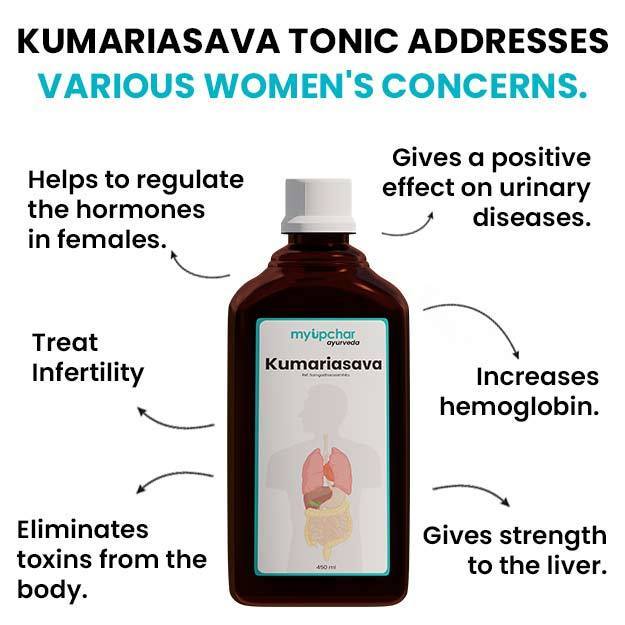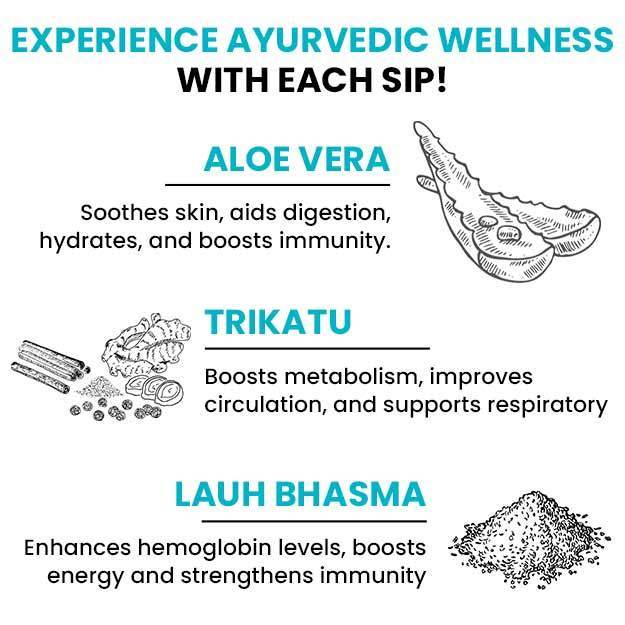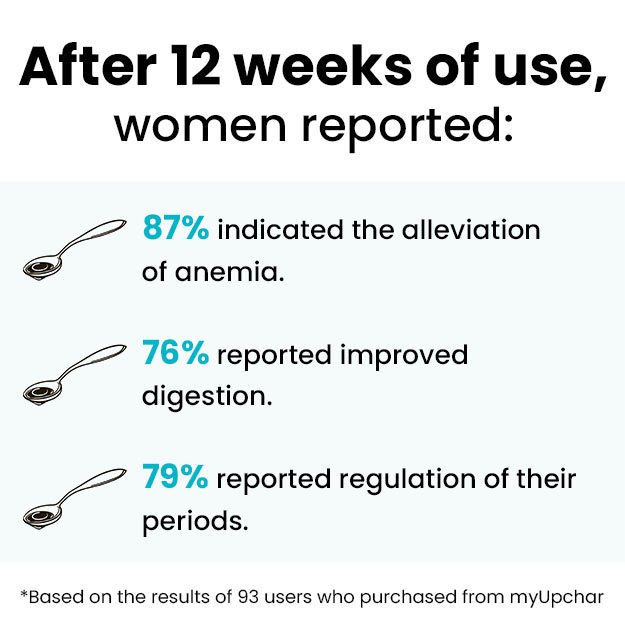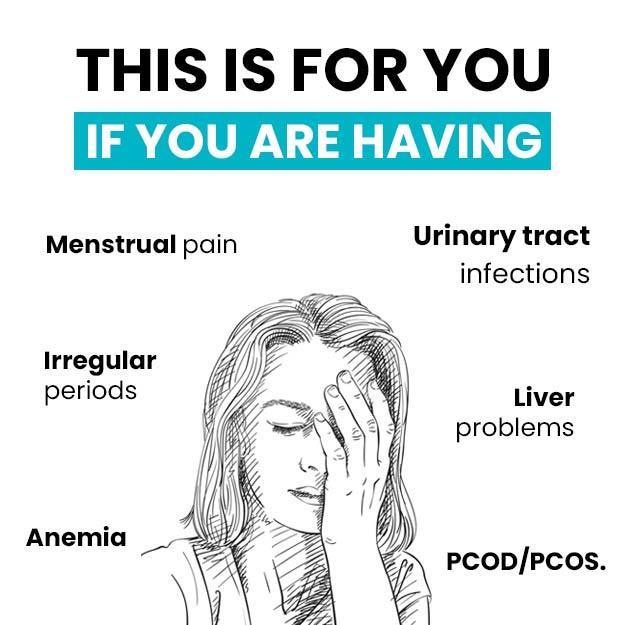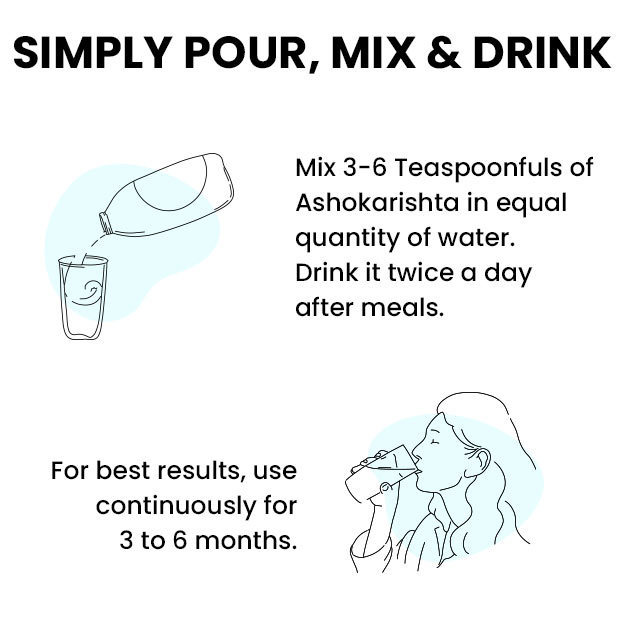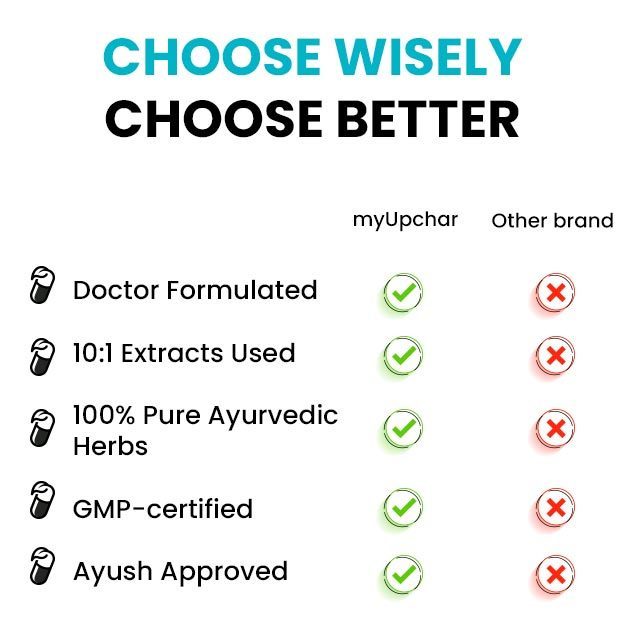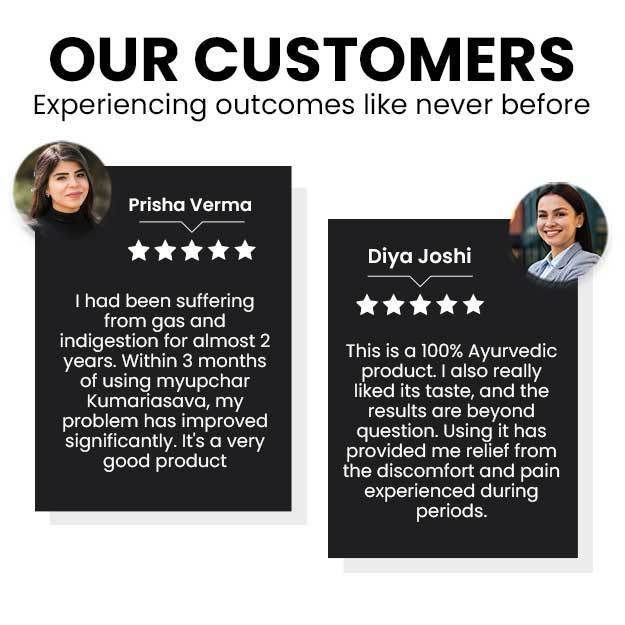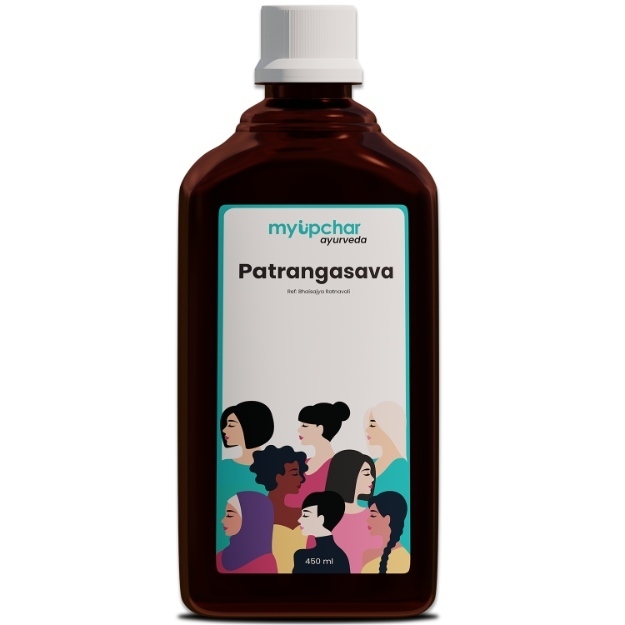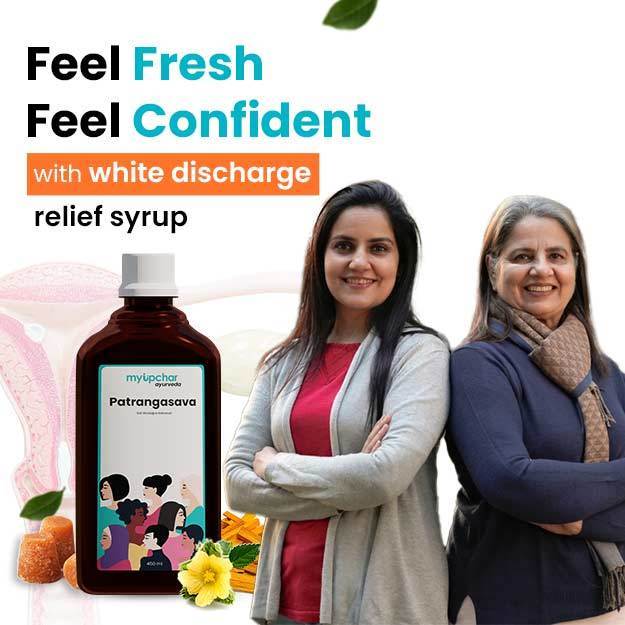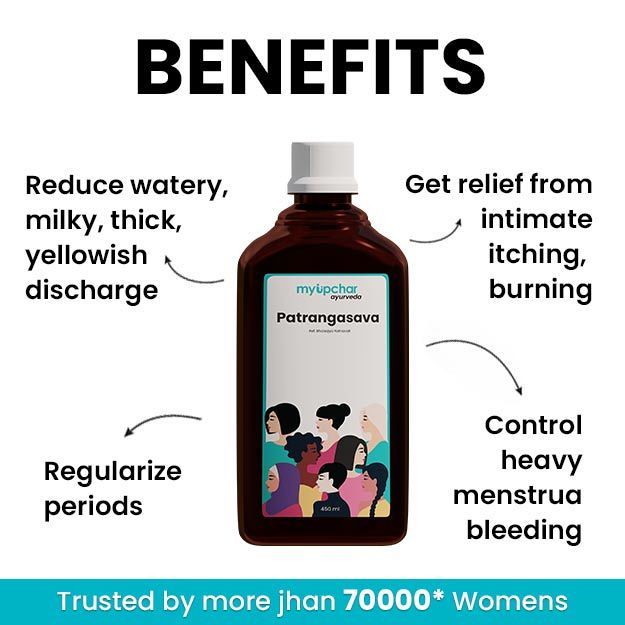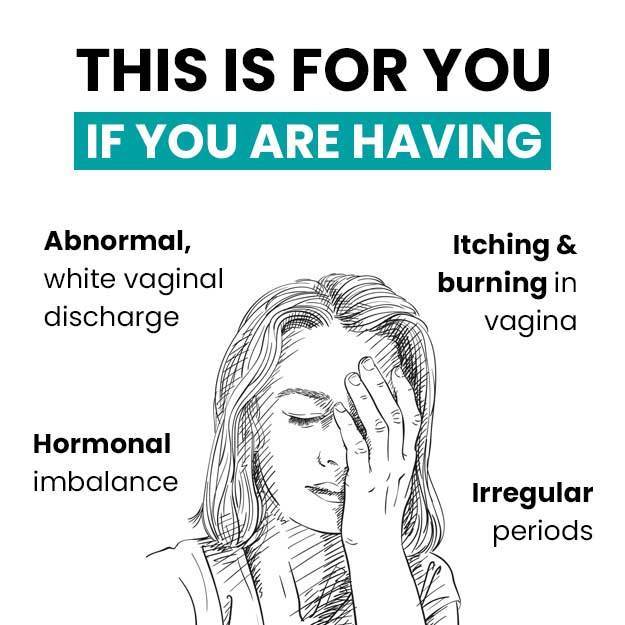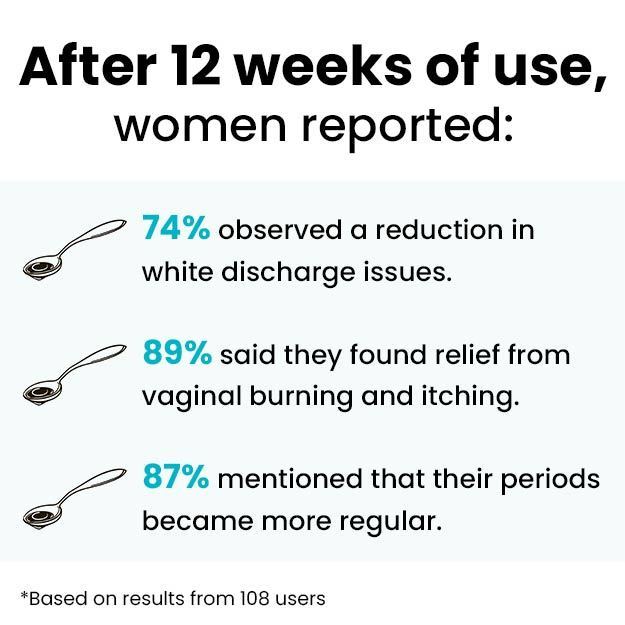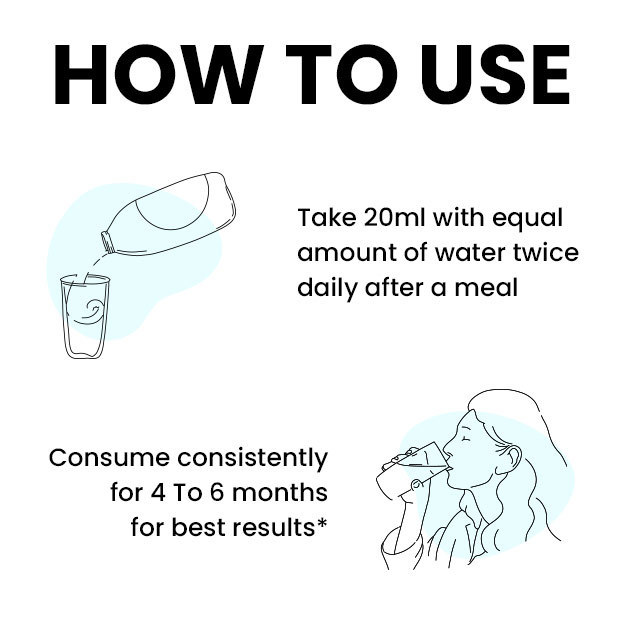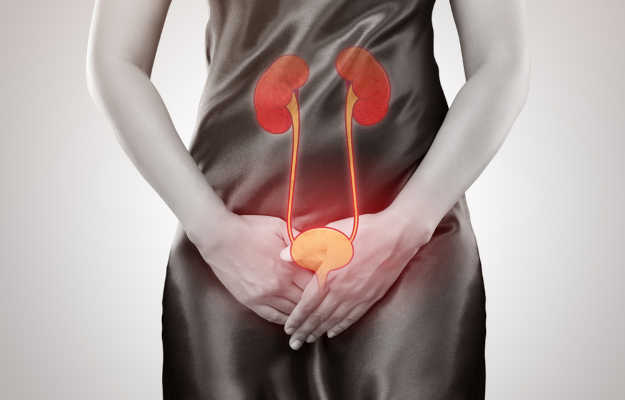Urinary tract infection (UTI) is one of the most common bactrial infections, which affects millions of people every year. These infections occur due to the multiplication of pathogenic mico-organisms in the urinary tract and it affects the normal functioning of the urethra, kidneys, bladder and the ureter, the organs that help pass out urine from the body. UTIs are more common among women as compared to men.
According to Ayurveda, the signs and symptoms of UTI are similar to those of mutrakricchra (difficulty urinating). The typical symptoms of Mutrakricchra are frequent urination and burning sensation and pain while urinating.
Ayurvedic treatment of UTIs includes administration herbs like amalaki (Indian gooseberry), gokshura (small caltrops) and kantakari (chhoti katheri) are used for the treatment of UTIs along with compound preparations of chandraprabha vati, eladi churna, pravala bhasma and tarakeshwar rasa. Treatment procedures of anuvasana basti and tapa sweda (sudation or sweat therapy using hot materials) are performed on the basti (pelvis) region to treat UTI. Certain dietary changes like including old rice, takra (buttermilk), cold water and excluding wine, ginger and mustard from your meals further helps in clearing out a UTI effectively.
- Ayurvedic view of UTI
- Ayurvedic treatment for UTI
- Ayurvedic herbs and medicines for UTI
- Dietary and lifestyle changes for UTI patient as per ayurveda
- How effective are ayurvedic medicines and treatments for UTI
- Side effects and risks of ayurvedic medicine and treatments for UTI
- Takeaway
Ayurvedic view of UTI
According to Charaka, there are eight different types of UTIs, which are caused by the vitiation of doshas and dhatus. Thes can be listed as:
- Vataja (caused by vitiation of vata)
- Pittaja (caused by vitiation of pitta)
- Kaphaja (caused by vitiation of kapha)
- Sannipataja (caused by vitiation of all three doshas)
- Raktaja (caused by vitiation of rakta dhatu)
- Shukraja (caused by vitiation of shukra dhatu)
- Ashmari (caused by urinary stone)
- Sharkaraja (caused by increased sugar)
As per Ayurveda, consuming anupa mamsa (meat of animals in marshy places); ruksha madya (dry alcoholic beverages); excessively salty, spicy and sour foods; matsya (fish); ajeerna bhojana (eating food before the previous meal is digested); and indulging in food, drinking water, and sex while suppressing the urge to urinate are the causes of UTIs.
Vitiation of tridoshas (three doshas) and agnimandya (dulling of the digestive fire) produce ama (toxins). This ama combines with the vitiated doshas and produces symptoms of UTIs like shweta, snigda and picchila mutra (turbid urine with the presence of leucocytes), mutrendriya and basti gurutwa (heaviness of the urinary system), peetamutrata (yellow-coloured urine) and burning sensation while urinating.
Vitiation of apana vata (vata that governs the downward motion) is also one of the causes of mutrakricchra. Shula (pain), kricchrata (hesitancy) and increased frequency of micturition with only a small amount passed at a time are the classic symptoms observed in people with any type of mutrakricchra.
Ayurvedic treatment for UTI
- Basti (enema)
- Basti therapy refers to ayurvedic enemas prepared from herbal decoctions and oils.
- This therapy is beneficial in cleansing the large intestine and rectum.
- Medicated decoctions used to perform basti are usually given in combination with oils and are never given alone.
- The formulation of the enema depends on the desired therapeutic action. Depleting enemas help in fat reduction, whereas purifying enemas eliminate toxins from the body.
- Niruha basti using dashamoola (10 roots) kwatha (decoction), anuvasana basti using tila oil (sesame oil), and uttara basti make a general line of treatment for UTIs.
- These therapies provide relief from the dysuria and obstruction.
- Swedana
- Swedana or sudation therapy involves the induction of sweating using different techniques.
- This therapy promotes liquefaction of toxins that are spread in different parts of the body. These toxins then navigate towards the alimentary canal for elimination.
- Swedana reduces heaviness and stiffness in the body. It is also helpful for people who constantly feel cold.
- Avagaha sweda (sitz baths) and tapa sweda (fomentation) in the basti area are beneficial for the treatment of UTIs.
- Snehapana (drinking/consuming) of ghrita (clarified butter) before eating a meal along with snehana (oleation) using oils on the kati (waist), parshva (flanks), udara (stomach) and vankshan (groin) areas improves vatanulomana (regulation of vata) in people with UTIs.
- Lepas
- Lepas are semisolid medicinal plasters that are applied to the entire body or specific areas to reduce inflammatory swelling.
- Lepas can be useful in drawing out toxins, pacifying doshas and improving the cosmetic appeal.
- For UTI treatment, Narasara (ammonium chloride) powder is applied to the bladder region. A cloth soaked in seawater or water-weed algae is then placed on top of it.
- Yavakshara or suryakshara powder (alkaline preparation made from the ashes of herbs) is also applied to the bladder region to treat UTIs. A wet cloth is then placed on top of this.
Ayurvedic herbs and medicines for UTI
Ayurvedic herbs for Urinary Tract Infection
- Gokshura
- Gokshura has rejuvenating, analgesic (relieves pain), nervine (soothes nerves) and aphrodisiac (improves libido) properties.
- It is known as the best herb for flushing out toxins and treating piles, acute inflammation in the kidneys, oedema, nerve pain and infertility.
- The therapeutic effects of gokshura are beneficial in treating genitourinary conditions such as UTIs.
- If taken with punarnava (red hogweed), it improves kidney function.
- You can take gokshura powder with yavakshara juice or as per your physician’s direction.
- Punarnava
- Punarnava is a bitter-tasting herb, which acts on the circulatory and digestive systems.
- It is used as the primary herb for kidney stone treatment. It is also useful for treating asthma, jaundice, piles, skin and eye diseases and heart conditions.
- Punarnava has diuretic properties, which are beneficial for flushing out infectious bacteria in case of UTIs.
- A decoction of punarnava root helps reduce inflammation.
- You can take punarnava in the form of a decoction, juice, infusion, or powder with sugar/oil/water/honey or as per your physician’s direction.
- Shilajatu (asphaltum)
- Shilajatu is used to improve immunity levels in those with vitiated vata, pitta or kapha doshas.
- It has rejuvenating, antiseptic and diuretic properties.
- Shilajatu is helpful in treating kidney stones, menstrual disorders, dysuria, swelling and obesity.
- This herb acts as a vata tonic and is effective in treating UTIs caused due to vitiated vata.
- You can take shilajatu in the form of a powder with milk or as per your physician’s direction.
myUpchar Shilajit, developed by Ayurveda, helps in relieving urinary problems naturally. Its properties support kidney health and urinary function. Order Shilajit Capsules and Shilajit Resin now for a holistic approach to urinary wellness.
- Amalaki
- Amalaki has tonic, rejuvenating, haemostatic (stops bleeding) and nutritive properties.
- It is useful in treating obstinate urinary conditions, and thus, can help reduce UTIs. Amalaki is also beneficial in treating painful urination and UTIs caused due to vitiated pitta as it has pitta-pacifying properties.
- This herb improves blood circulation and reduces constipation, fever, weakness and stomach inflammation.
- You can take amalaki in the form of a sweet preparation, decoction, powder or as per your physician’s direction.
- Kantakari
- Kantakari is katu (pungent) and tikta (bitter) in taste.
- Its properties are ruksha (dryness) and laghu (lightness).
- Kantakari exhibits deepana (appetising), pachana (digestive), shothahara (swelling-reducing) and kanthya (beneficial to the throat) properties.
- It also has toxin-destroying effects, which make it useful to eliminate ama from the doshas, thereby, rebalancing doshas.
- This herb is useful for the treatment of aruchi (aversion to food), fever, kasa (cough), pinasa (coryza), shwasa (asthma) and svarabheda (hoarseness).
- You can take kantakari in the form of decoction or as per your physician’s direction.
Ayurvedic medicines for Urinary Tract Infection
- Chandraprabha vati
- The Ayurvedic formula of chandraprabha vati consists of 42 ingredients including trikatu (a combination of the three acrids – pippali [long pepper], shunthi [dried ginger] and maricha [black pepper]), shatavari (hundred roots), rock salt, triphala (a combination of amalaki, vibhitaki [belleric myrobalan], and haritaki [chebulic myrobalan]), bhringraj (bhangra) and guggulu (Indian bdellium tree).
- Chandraprabha vati is given as a prophylactic medicine to reduce post-surgical effects in individuals with urogenital diseases.
- This medicine treats many urogenital problems including dysuria, urinary infection, urine incontinence and haematuria (blood in urine).
- You can take chandraprabha vati with milk, honey, brihatyadi kwatha or as per your physician’s direction.
- Pravala bhasma
- Pravala bhasma is prepared using processed pravala or red coral.
- This medicine is indicated for heart conditions like tachycardia (fast heartbeats) and palpitations, respiratory diseases and dropsy.
- It can reduce dysuria, which is one of the main symptoms observed in people with a UTI.
- You can take pravala bhasma with ghrita, honey, milk, rice washing or as per your physician’s direction.
- Shatavari ghrita
- Shatavari ghrita is prepared using ksheer (milk), shatavari churna (powder), shatavari kwatha and ghrita.
- This medicine is primarily indicated for amlapitta (hyperacidity) and UTI.
- You can take shatavari ghrita with raw sugar or as per your physician’s direction.
- Eladi churna
- This herbal formulation contains the following ingredients: twak (cinnamon), pippali, ela (cardamom), nagakesara (Indian rose chestnut), maricha, shunthi and sugar.
- It is indicated for the treatment of chardi (vomiting), throat conditions, excess saliva secretion, anorexia, chest pain and UTIs.
- You can take eladi churna mixed with honey in the form of a paste or as per your physician’s direction.
- Tarakeshwar rasa
- Tarakeshwar rasa is prepared from haritala (yellow orpiment).
- The bhavna or vehicle used in preparing this formulation is punarnava juice.
- This medicine is mainly indicated for vatarakta (gout) and UTIs.
- You can take tarakeshwar rasa with honey in the form of a paste or as per your physician’s direction.
- Amrutadi kwatha
- Amrutadi kwatha is a decoction that is prepared from guduchi (heart-leaved moonseed), shunthi, ashwagandha (Indian ginseng), amalaki, gokshura and other ingredients.
- This formulation is indicated for mutraghat (obstruction in urination), UTIs and mutrashmari (urinary stone).
As treatments vary according to numerous factors and an individual’s prakriti (constitution), consult a qualified Ayurvedic doctor for the appropriate medications and treatments for your specific complaints.
Dietary and lifestyle changes for UTI patient as per ayurveda
Do’s
- Include mudga (green gram) and its soup, takra (buttermilk), curd, yava (barley), kharjura (dates), cold water, kushmanda (wax gourd), aloe leaves, padval (serpent gourd), amla, ghrita, milk, and old rice in your diet.
- Drink fruit juices and lemon water.
Don’ts
- Do not eat salty foods, ginger, asafoetida, wine, and mustard leaves.
- Do not eat drying foods.
- Do not suppress your natural urge of urinating.
- Do not consume incompatible foods like milk and fish.
- Do not eat fried foods, fish, betel leaves, and abhishyandi (blockage-causing) foods.
How effective are ayurvedic medicines and treatments for UTI
In a clinical study, 26 UTI patients were given gokshura kwatha twice a day for 15 days. Along with the treatment all the individuals were asked to have a high fluid intake and empty their bladder frequently and completely. At the end of the study, 100% relief was reported in all the patients. There was no reoccurrence of UTI in any patient after a month of completion of the trial.
In a case study of a 24-year-old patient diagnosed with UTI, the patient was given chandraprabha vati with shatavari and gokshura churna. After 7 days, significant relief was noted in burning sensation and pain.
Side effects and risks of ayurvedic medicine and treatments for UTI
Although Ayurvedic treatments are said to be free of side effects, they should be taken with caution as the prakriti of an individual or their disease condition may make them prone to certain side effects, e.g., Amalaki may cause diarrhoea in people with a pitta-dominant constitution.
Basti therapy is not indicated for babies and individuals with rectal bleeding, fever, cholera, anaemia, colon cancer, dysentery, polyps, diverticulitis, venereal diseases and diarrhoea. Individuals with dehydration should not use gokshura. People diagnosed with a febrile disease or a high uric acid should not consume shilajatu.
Takeaway
Urinary tract infection is one of the most common health conditions in the world, especially among women. If not treated on time, it can progress to severe conditions like kidney failure. Conventional medicines for reducing pain, burning sensation and other symptoms linked with urinary infections are effective. However, they may give rise to side effects. Ayurvedic treatment of UTI involves the use of herbs, medications and topical applications to enhance kidney function, reduce toxin levels and bring back the balance between the vitiated doshas. Ayurvedic doctors recommend having fluids like buttermilk and fruit juices along with eating specific foods to reduce the infection and improve overall health.
Find Ayurvedic Doctor in cities
Doctors for Ayurvedic medicine, treatment and remedies for UTI

Dr. Ayush Bansal
Ayurveda
2 Years of Experience

Dr. Megha Sugandh
Ayurveda
6 Years of Experience

Dr. Nadeem
Ayurveda
3 Years of Experience

Dr.Ashok Pipaliya
Ayurveda
12 Years of Experience
References
- Dr. Nirmal Bhusa. Management of Urinary Tract Infection with Certain Ayurveda Medicines: A Case Study. International Journal of Health Sciences and Research. Vol.7; Issue: 9; September 2017;
- Jain R, Kosta S, Tiwari A. Ayurveda and Urinary Tract Infections. J Young Pharm Vol 2 / No 3.
- Central Council for Research in Ayurvedic Sciences. [Internet]. National Institute of Indian Medical Heritage. Handbook of Domestic Medicine and Common Ayurvedic Medicine.
- Subhash Ranade. Kayachikitsa. Chaukhamba Sanskrit Pratishthan, 2001.
- Hegde Gajanana, Priya Bhat. Concept of Lower Urinary Tract Infection in Ayurveda. IAMJ: Volume 2; Issue 4; July - August-2014.
- Nishant Singh. Panchakarma: Cleaning and Rejuvenation Therapy for Curing the Diseases . Journal of Pharmacognosy and Phytochemistry. ISSN 2278- 4136. ZDB-Number: 2668735-5. IC Journal No: 8192.
- Swami Sadashiva Tirtha. The Ayurveda Encyclopedia. Sat Yuga Press, 2007. 657 pages.
- India. Dept. of Indian Systems of Medicine & Homoeopathy. The ayurvedic pharmacopoeia of India. Govt. of India, Ministry of Health and Family Welfare, Dept. of ISM & H., 2007 - Medicine, Ayurvedic.
- Oushadhi. [Internet]. A Govt of Kerala. Gulika & Tablets.
- Subhash Ranade. Kayachikitsa. Chaukhamba Sanskrit Pratishthan, 2001.
- A.Thakamma. et al. Standardisation of Eladichoornam . Drug Standardisation Unit, Ayurveda Research Institute. Vol. No 18(1), July 1998 pages 35 - 40.
- Kumar Ajay. et al. A clinical study to evaluate the efficacy of an ayurvedic formulation in management of Pittaja Mutrakrichhra with special reference to urinary tract infection. Int. J. Ayurveda Pharm. 7 (Suppl4), Sep-Oct 2016.
















